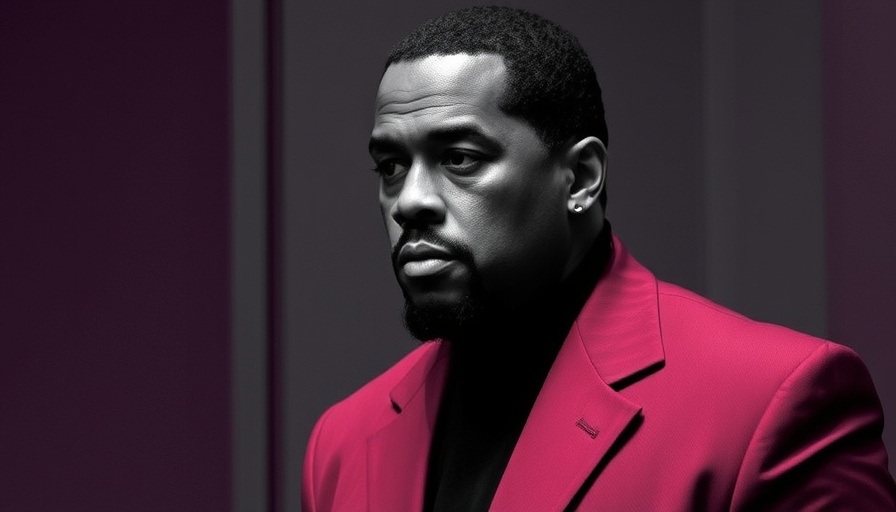
Revolutionizing the Fight Against Human Trafficking Using AI
The growing capability of artificial intelligence (AI) is emerging as a powerful ally in the relentless battle against human trafficking. With thousands of individuals trapped in this modern-day slavery worldwide, implementing technology solutions that recognize patterns, predict risks, and offer invaluable insights can be a game-changer in rescue operations and prevention efforts.
How AI Technology Works in Tracking Human Trafficking
AI technologies harness vast amounts of data to conduct real-time analysis that identifies suspicious patterns in behavior and transactions. For instance, machine learning algorithms can comb through social media posts, online classifieds, and other digital interactions to unveil networks of trafficking. This enables law enforcement agencies to act swiftly on red flags that might indicate the presence of trafficking activities.
The Collaborative Efforts Shaping AI Solutions
Several organizations, including NGOs and tech companies, are pooling their resources to create advanced AI systems specifically designed to combat trafficking. Projects are underway that utilize natural language processing to analyze content from online platforms, which aids in identifying potential victims and perpetrators. Such collaborations bring together experts in AI technology and social workers, ensuring the solutions are both technically sound and sensitive to the social intricacies surrounding trafficking issues.
Real-World Applications and Case Studies
Case studies from around the globe show promising results where AI interventions have been employed. For example, in the Philippines, AI-driven databases have been utilized to track individuals’ movements and economic activities, leading to the successful identification and rescue of trafficking victims. Similar instances in the United States demonstrate how AI can assist in recognizing patterns leading to potential abductions or illegal dialogues.
Challenges and Ethical Considerations
While AI presents formidable tools in the fight against human trafficking, it is not without its challenges. Ethical concerns arise regarding privacy, data security, and potential biases in the algorithmic predictions. Ensuring that AI systems are transparent and fair is crucial for gaining public trust, especially when dealing with such sensitive matters as human trafficking.
Future Implications for AI in Social Justice
As we look toward the future, the integration of AI in combating human trafficking will likely evolve with technological advancements. The predictive analytics capabilities of AI can offer new insights into trafficking trends, allowing proactive measures to prevent it before it starts. By harnessing the full potential of AI, we can create safer communities and potentially end human trafficking altogether.
In the face of such a critical humanitarian issue, embracing AI technology offers not just hope but actionable pathways toward justice. Understanding the measures being taken, including how AI transforms these efforts, can empower individuals and communities to advocate for stronger protections against human trafficking.
 Add Row
Add Row  Add
Add 




 Add Row
Add Row  Add
Add 



Write A Comment